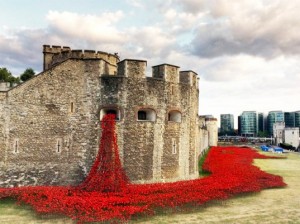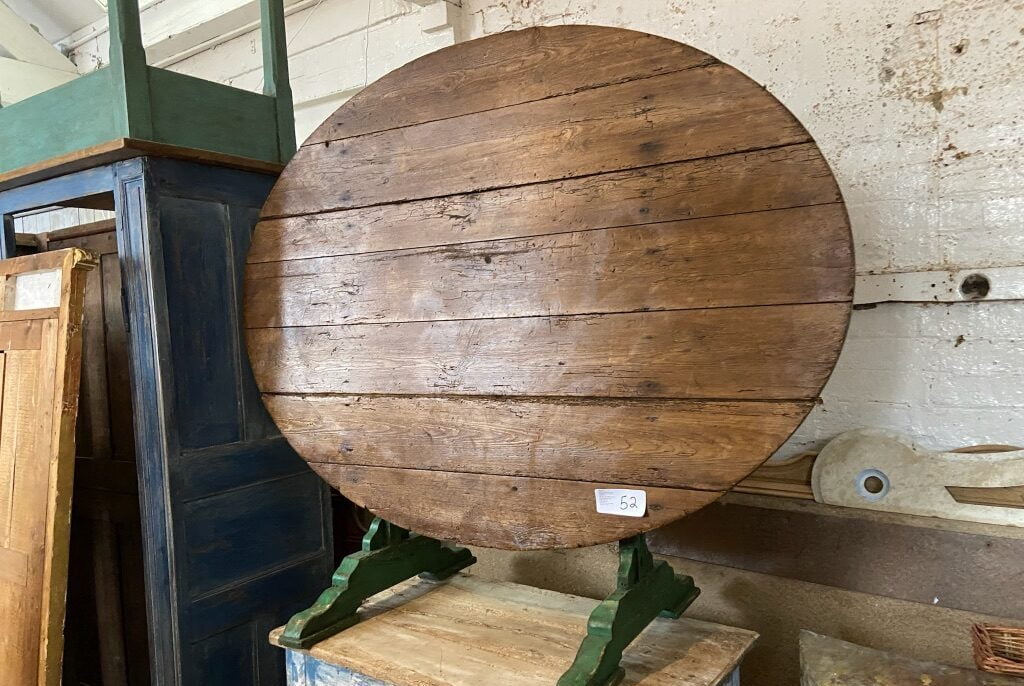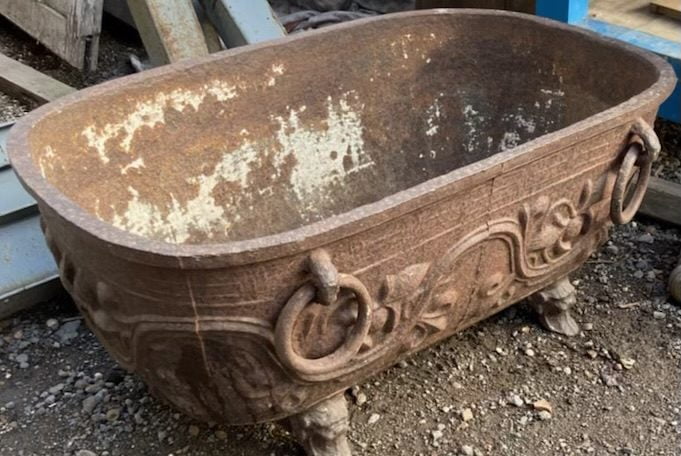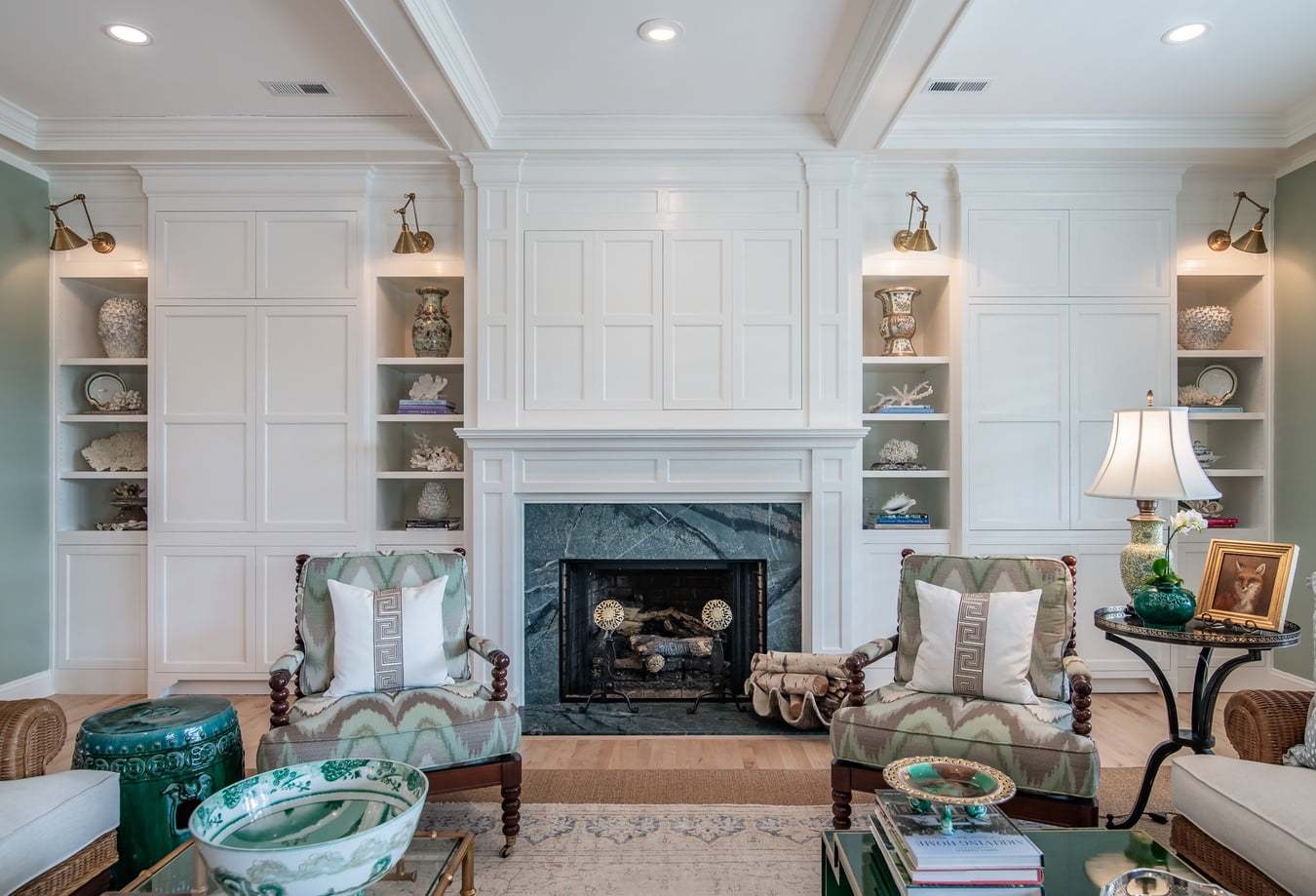I remember as a kid that at a certain time every year we wore poppies on our shirts. I never really knew what it meant as a kid, but I have been reeducated in my last two trips to Britain. We have been here the last two years for the first weekend in November and It is on that weekend that they have their Remembrance Sunday.
Leading up to that date for two months before the Sunday everyone you see has on a paper poppy: Everywhere you look such a symbol of quiet thanks. On Remembrance Sunday millions of British people come together in their town squares at their war memorials for their dead and lay wreathes at the memorials after a brief service commemorating those have died for their country’s freedom. It is quite moving and so appropriate.

This is the exhibit at the Tower of London. It represents the blood swept Lands and Seas of Red. There are 888,264 ceramic poppies – one for each British and colonial death.
Why poppies? It started in 1921 after World War I. There was a poem written by Lt. Col. John McCrae on May 3, 1915 after witnessing the death of his friend a fellow soldier the day before.
In Flanders Fields
Between the crosses, row on row,
That mark our place; and in the sky
The larks, still bravely singing, fly
Scarce heard amid the guns below.
We are the Dead. Short days ago
We lived, felt dawn, saw sunset glow,
Loved and were loved, and now we lie
In Flanders fields.
Take up our quarrel with the foe:
To you from failing hands we throw
The torch; be yours to hold it high.
If ye break faith with us who die
We shall not sleep, though poppies grow
In Flanders fields.
We need to get out our poppies again. And remember.









